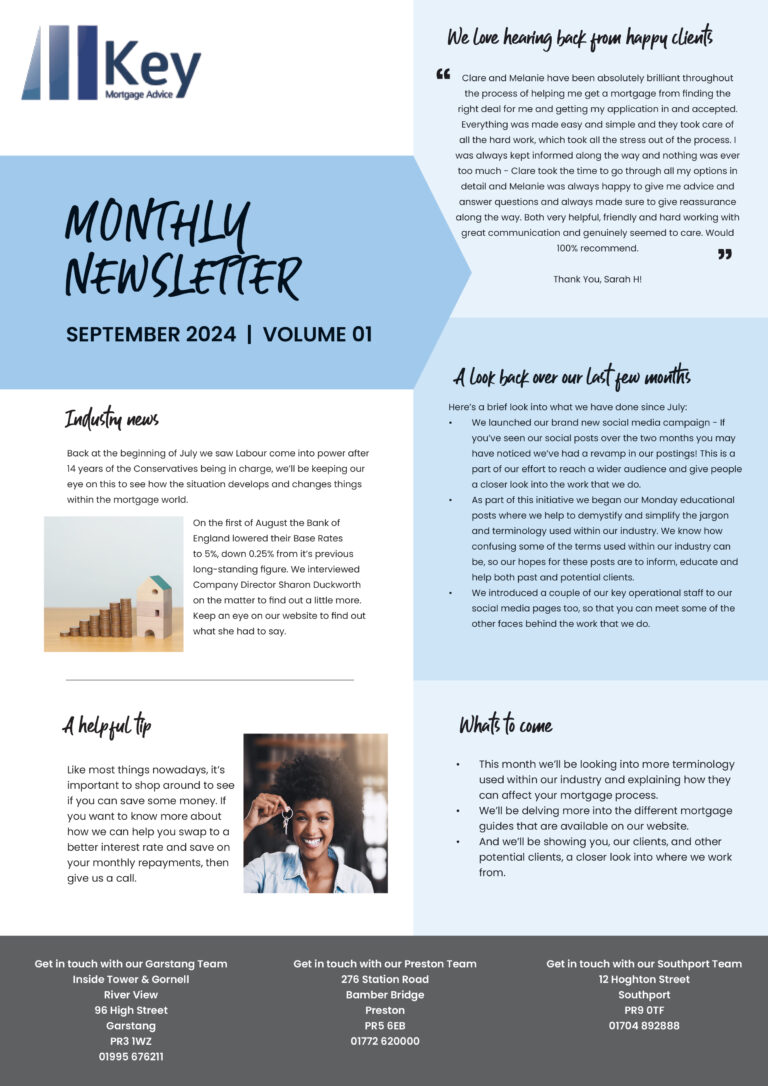The North West is home to some of Britain’s most haunted properties, most of which are open to the public for tours and/or functions. With Halloween looming, we take a look at some of these spooky buildings and the legends which surround them.
Chingle Hall
Located in Goosnargh and formerly known as Singleton Hall, this grade II listed manor house was built around 1260 by Adam de Singleton and holds the title of the most haunted house in Britain. The house remained in the possession of the Singleton family until the 16th century when Eleanor Singleton, the last of the bloodline, was murdered within. Ownership of Chingle hall then passed to the Wall family.
The house is said to be haunted by the ghost of Eleanor Singleton, held captive in one of the bedrooms for twelve years and eventually murdered there. People have reported seeing her ghostly apparition and feeling her holding their hand or tugging at their clothing. Eleanor’s bedroom is thought to be the most haunted room in the house.
Reports of a hooded monk wandering the hall are also common, often accompanied by the aroma of incense. This is presumed to be the ghost of Father John Wall, born in the house in the 17th century and later hanged for heresy. His head is said to be buried within the hall’s grounds and legend has it that when the head is found, the hauntings will stop.
The house is now owned privately and is no longer open to the public.
Hoghton Tower
The land on which Hoghton Tower stands is located just outside of the village of Hoghton, near Preston, and has been owned by the de Hoghton family since the 12th century. The current residence was built between 1560-65 and has been grade I listed since 1952. The family moved out of the house in 1768 and it was rented to local farmers for many years.
It was later left derelict before being inherited by Henry de Hoghton in 1862. Henry oversaw the restoration of the house, which was carried out by Lancaster architects Paley and Austin between 1876 and 1880. Further works were later carried out by a number of architects, mainly on the stables and other surrounding buildings.
The house is said to have been visited by several prominent figures over the years, most notably William Shakespeare and Charles Dickens, however, guests are often more interested in the ghostlier inhabitants. There have been many sightings over the years, with a little girl, a woman known as the “green lady”, and a monk said to make regular appearances. These apparitions are so common in fact, that staff there keep a record of them in a “ghost file”.
Hoghton Tower is open to the public for corporate and private functions, and also offers the occasional ghost tour! More information can be found on the Hoghton Tower website.
Samlesbury Hall
This historic manor house, located in Samlesbury, near Preston, was built in 1325 by Gilbert de Southworth. The house remained with the Southworth family until the early 17th century, thereafter seeing use as a weaver’s mill, a public house, and a boarding school, before being purchased by the Samlesbury Hall Trust in 1925 to prevent its demolition.
The hall is said to be haunted by the spirit of Dorothy Southworth, known affectionately as the “white lady”, who reportedly died of a broken heart after her brother killed her lover and his two friends. Three skeletons were found within the hall’s walls, giving the story some credibility.
Other sightings have included have included the ghost of a woman and her child, and a decapitated priest. The blood of the latter is said to stain the floor of the room now known as the “priest room”.
Samlesbury Hall is open to the public for visits and functions. A virtual tour of the building can be taken on the website.
Smithills Hall
This grade I listed manor house is located in Smithills, Bolton. Records of the house began in 1335 when it passed to William Radcliffe, but the exact time of its construction is unknown. The house was used as a private residence until 1938 when it was purchased by Bolton Corporation. It was then used as a residential home and day care centre until closed in the 1990s. The property is now owned by Bolton Metropolitan Borough Council.
Smithills Hall is said to be haunted by the spirit of George Marsh, a preacher, examined in the hall before being tried for heresy and executed in 1554. Within the grounds of the hall remains a footprint, reportedly left by Marsh. The footprint is said to fill with blood every year on April 24th, the anniversary of his death.
The hall is open for public tours, more information can be found on the Smithills Hall website.
Honourable Mention: The Birkdale Palace Hotel
Once known as Britain’s most haunted hotel, The Birkdale Palace was built in 1866 on the coast of Birkdale, Southport. The hotel was used as a rehabilitation centre for US soldiers during WWII, after which, it was visited by several Hollywood legends, including Frank Sinatra, Clark Gable, and Peter Sellers.
There were several morbid tales involving the hotel. It is said that the architect, William Mangnall, is said to have committed suicide when he realised that it had been built with its grand entrance facing inland, rather than out to sea as he had planned.
The most horrifying occurrence, the murder of local girl Amanda Graham, happened in 1961 at the hands of Alan Victor Wills, a porter at the hotel. The hotel’s reputation never fully recovered after this terrible incident and the hotel was subsequently demolished in 1969.
The only remaining part of the hotel is the old coach house, which now serves as a pub called The Fisherman’s Rest, itself named after a tragedy dating back to 1886 when 14 lifeboatmen died off the coast of Southport.
We hope you’ve enjoyed learning about some of the North West’s spookier properties! If you’re looking for a new (ghost-free) home in the North West or beyond, and need some impartial mortgage advice, drop into our offices in Preston, Southport, or Garstang for a chat. Alternatively, you can contact us via telephone or email – details on our contact page.



